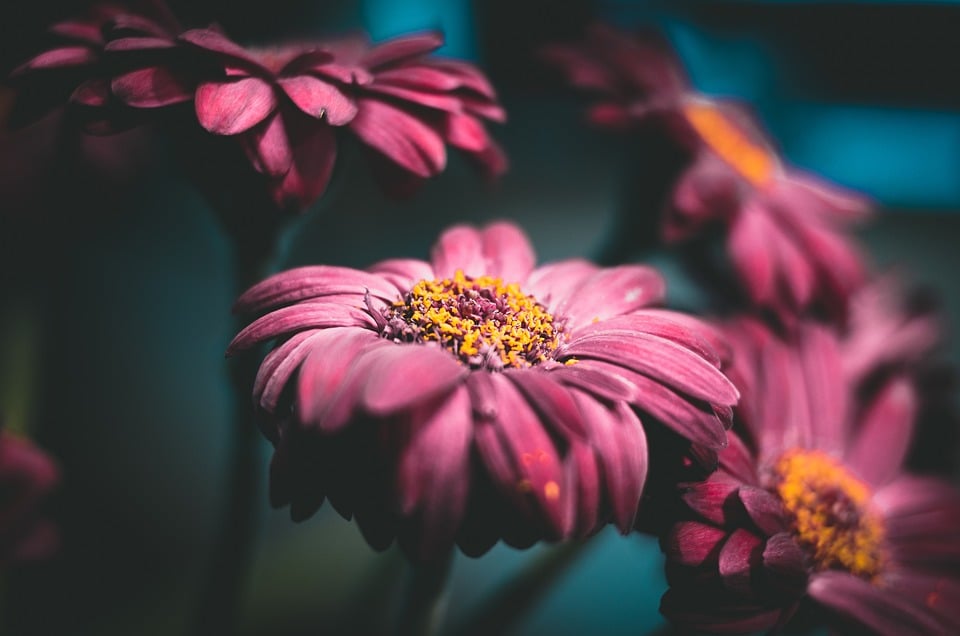Table of Contents
Gerbera plants are bright and colourful daisy flowers which everybody needs in their lives. These bold blooms can make your house come alive with colours like pink, white, yellow, orange, salmon, and more. The cheerful daisies have different flower shapes: single, double and multiple petals. You can pick from diverse varieties in the UK, from tender annual flowers to hardy evergreen flowers! Grow them indoors or outdoors; the Gerbera daisies will flower all summer under the right conditions.
Once you have decided to plant gerbera daisies, they can be grown in your garden, patio, or windowsill. Pots or the ground, your Gerbera daisies will bloom with tender care; they make perfect-cut flowers and are long-lasting.
In this article, you will learn how to sow seeds of young gerberas, what kind of soil they require, how much to water them, how to grow them in containers, how to prune them correctly, how to take care of them in winter, and much more.
The Gerbera Plant
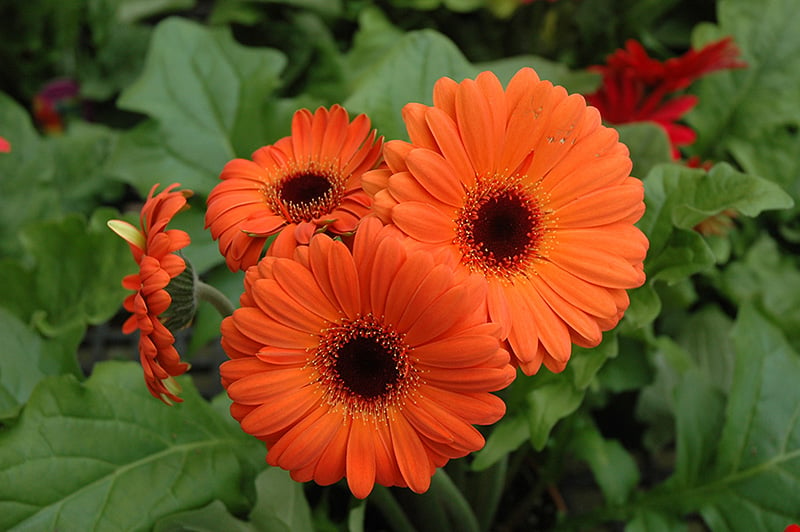
The Gerbera is a plant genus in the Asteraceae family or Compositae family. It is native to Africa’s tropical regions and was introduced to Latin America and Southeast Asia. The flower’s hues span the entire colour spectrum. Annual or evergreen, tender or hardy, whatever you choose for your garden, your flowers will bring joy and cheer to anybody who visits you. Just plant them at the right time with the right amount of watering, planting location, and care schedule. Find the suitable cultivar and variety for your particular area in the UK for perfect blooms.
A Brief Overview of Gerbera:
- Scientific Name – Gerbera
- Common Name – Gerbera Daisy
- Plant Type – Perennial
- Hardiness – H2-H4
- Height – 0.1 – 0.5 m
- Spread – 0.1 – 0.5 m
- Sunlight – Full sun
How to Grow Gerbera Daisy Plant
Gerbera Daisy is a beautiful flower for your outdoor or indoor garden. Start planting Gerbera from seeds, seedlings, or established plants. Most Gerbera varieties are tender, but a few hardy ones can be grown outdoors permanently. In its native location, Gerbera is an evergreen, but in the UK, you can get an annual or evergreen based on your location and variety.
1. When and How to Plant
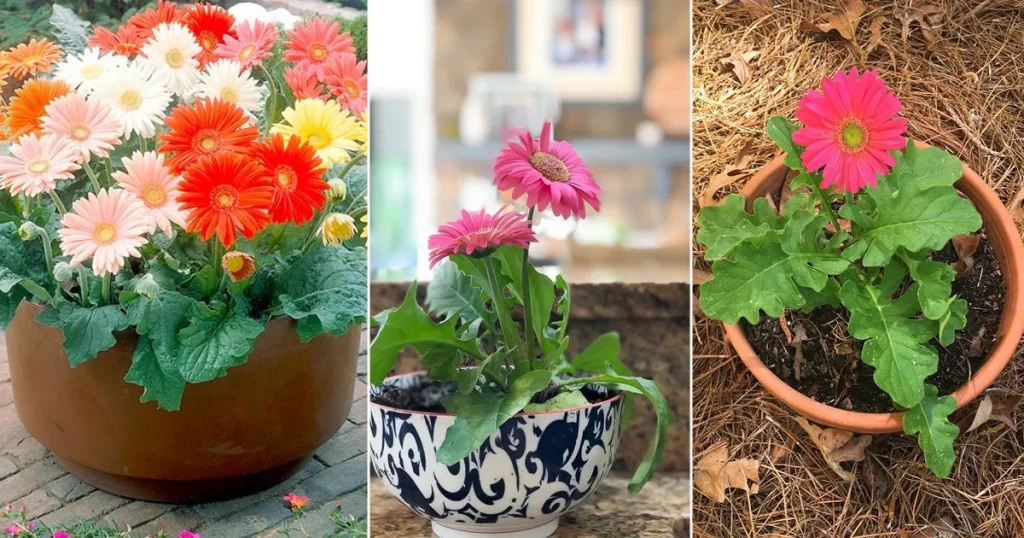
You need to sow fresh Gerbera seeds in February or March. For germination, the temperature for Gerbera seeds is around 20 – 25°C; the germination process takes approximately 2 – 3 weeks. If you are going to propagate by division, it should be done in March or April. Gently remove the plant with a gardening fork and shake off excess soil. Chop off the crown into 4 – 5 pieces and put the divided plants in the ground, pot or container. If using a container, add some compost to the soil. Then regularly water the plants.
With the cutting method, you can do it in spring from late March once the new shoots appear. Use secateurs to chop off a sturdy shoot down at the base. Put the cuttings inside a pot or container with some sharp sand and compost. Place it inside a propagator and wait for the plants to have strong roots. Then repot or replant them and water them carefully.
2. Sunlight and Potting Requirements
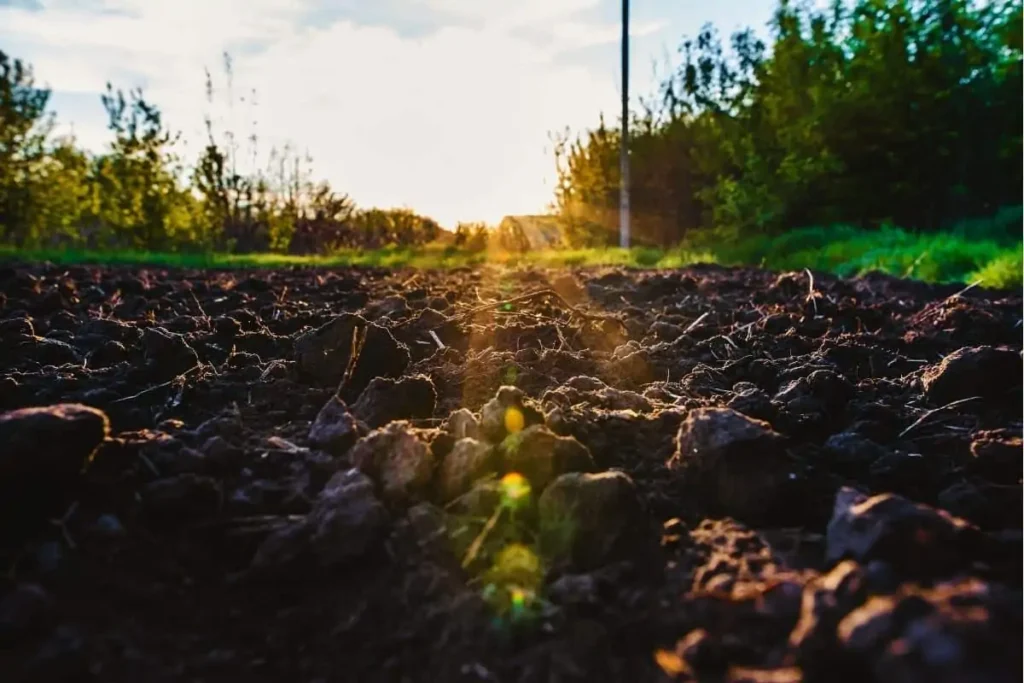
Gerbera plants need sunlight, so pick a sunny location for them. A south or west-facing windowsill is the perfect spot for indoor daisies. If your home does not get enough sunlight, some artificial light can help. Your daisies outside need protection from strong winds.
If you live in a mild temperature region, your Gerbera can handle afternoon shade during summer and warm weather. For indoors in containers, daisies should receive the most sun possible, no less than four hours. And if you buy ready-to-plant gerberas, fill the container with some potting mix. Dig a hole which is large enough for the root ball. Put the plant inside the hole, and the crown needs to be above soil level. Add more potting mix to cover the plant’s base and water it enough to moisten the soil. Choose a light potting mix for your Gerbera plants; some sharp sand will help in drainage. Mix in some organic matter like garden compost or peat-free multipurpose compost for good growth.
3. What Type of Soil to Use
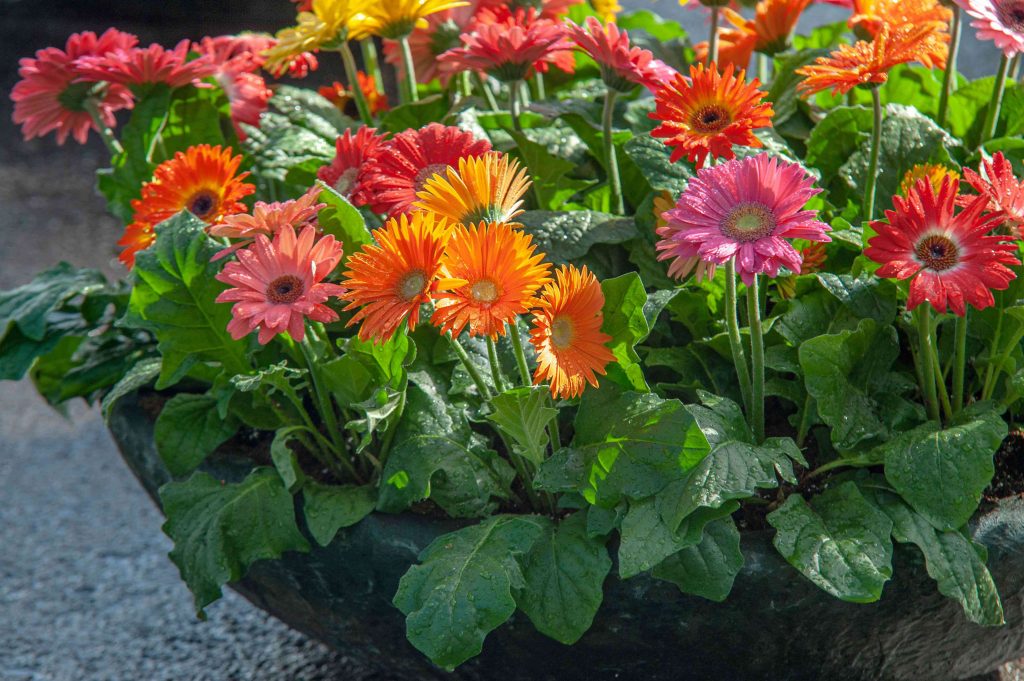
Gerbera plants need fertile, well-draining, and nutritious soil. A sand-based or chalk-based soil will be ideal; add some organic matter like peat moss, compost, or well-rotted manure for an extra boost. Putting some perlite into the soil and laying a gravel or grit bottom layer will help in good drainage. In Gerbera bud formation and flowering, the ideal soil pH is from 5.6 to 6.0, moderately acidic. Gerbera daisies have deep roots, so the soil must be much deeper than other plants in your garden.
Temperature affects the flowering of your plants. With temperatures at 10-20°C day and night, an average of 17°C at day, and an average of 13°C at night, you can extend your Gerbera flowering period, and they might bloom all through the year.
4. How Much to Water
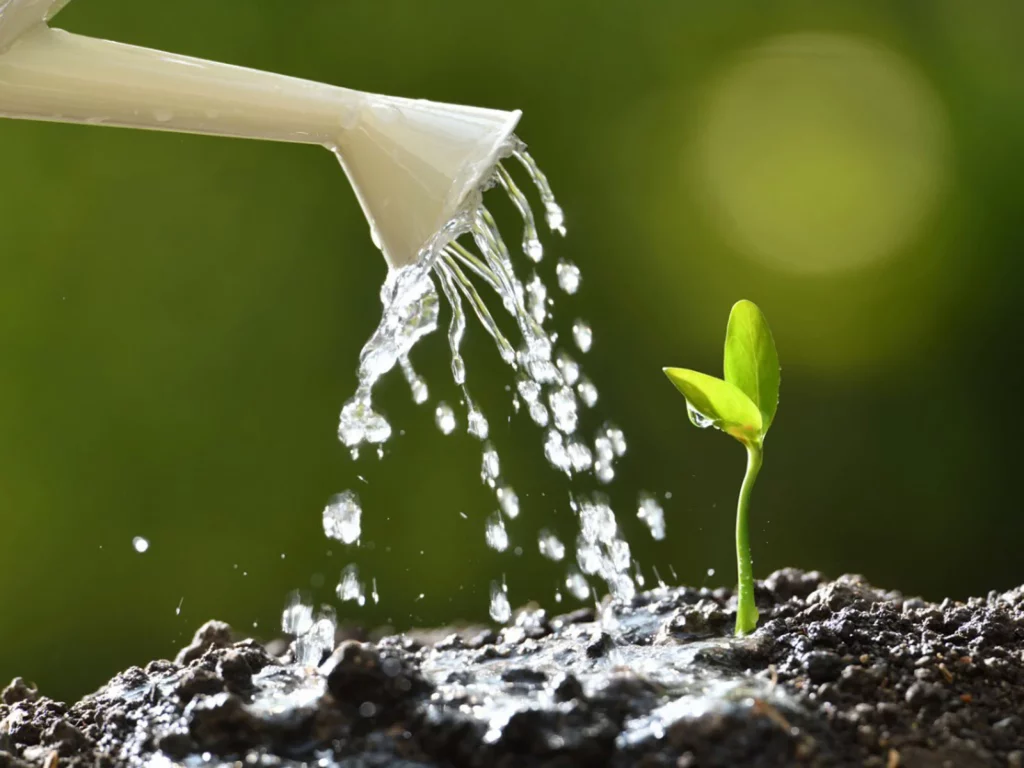
Gerbera daisies should be watered in the morning and at the soil level since the foliage needs to be dry to avoid diseases. Grown plants need to be watered well and at least twice a week in the summer. In the winter months, reduce the amount and frequency of watering. If your Gerbera daisy is planted outside, you could water it, but the soil must have good drainage.
5. What Type of Fertilise to Use
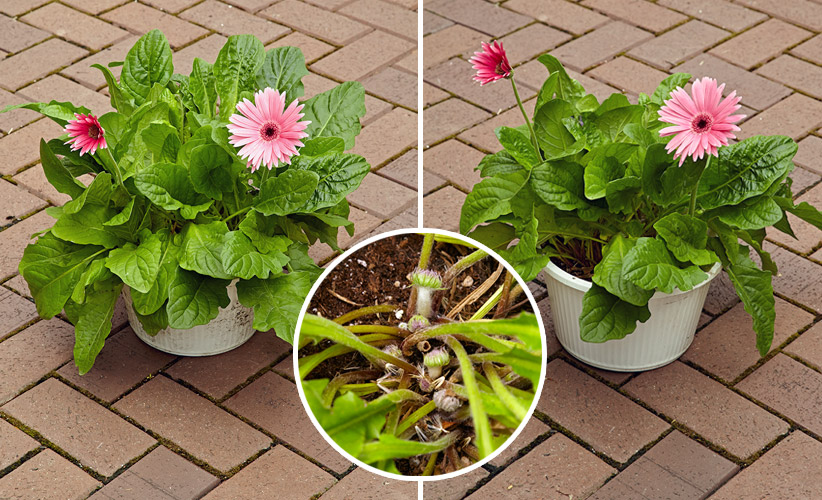
In the summer and spring, use a 10-10-10 liquid fertiliser. For outdoor plants, dilute the fertiliser and for plants in containers, dilute even further as per fertiliser instructions. Keep feeding your plants every three weeks or so, and decrease the frequency in mid-autumn. If your Gerbera daisies are set to flower all year round, then feed them all year round every five weeks.
If your Gerbera in containers are not hardy enough to survive outside in the winter, bring them inside once autumn ends. Place them in a sunny location and decrease the amount of watering; make sure the soil does not stay dry or is fully dry.
6. Transplanting and Pruning Your Daisies
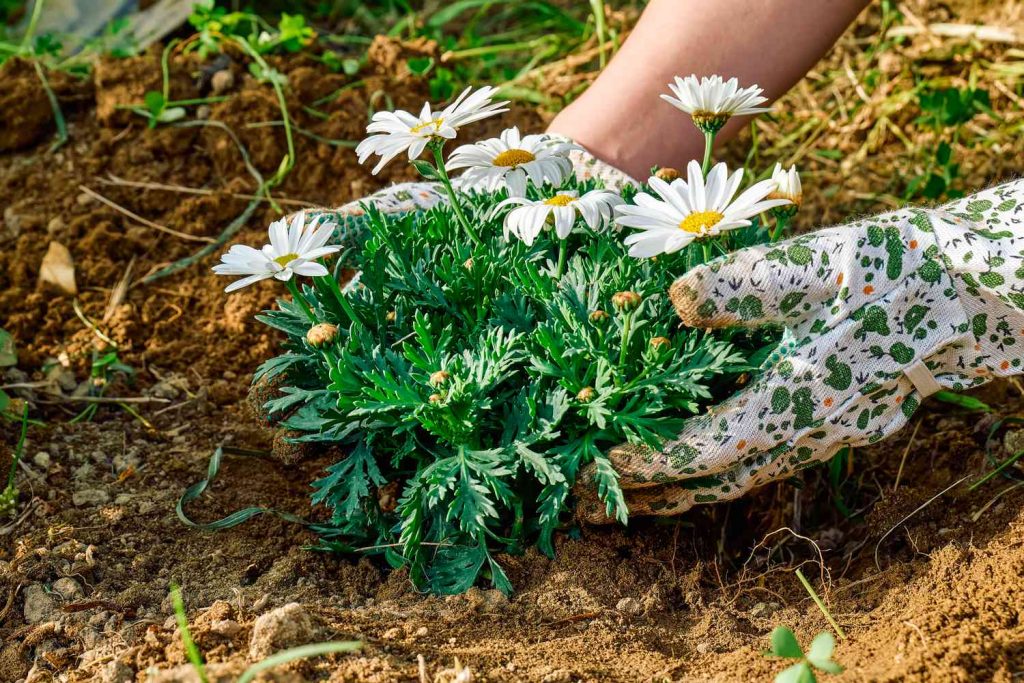
When you transplant a Gerbera, keep the soil line a little higher than before, for example, 4 cm higher for a grown plant. The root ball’s upper part should be a little visible instead of the crown being in the soil; this is done because this type of plant is susceptible to crown rot.
Pruning is not required for Gerbera, but it does keep away pests and diseases. Prune enough to keep the plant’s centre open, which allows sunlight and air. Sunlight reaching the plant’s centre helps in improving and increasing bud formation. Periodically, clear up any spent flowers and damaged or wilted leaves.
7. How and When to Deadhead
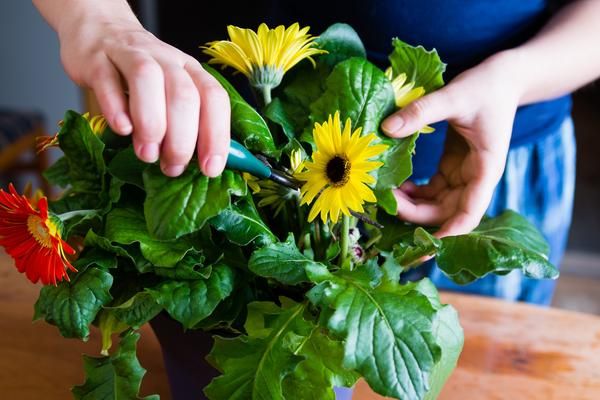
When the Gerbera’s flowers are wilting, but the petals are not falling, this is when you should deadhead the Gerberadaisies. Do it in the blooming period from March to September. With a clean pruning tool, go from the flowering head down to where the stem comes from the foliage and then make the cut. Pinch or trim any tired or shabby-looking leaves. Feed your Gerberas a well-balanced liquid fertiliser to prolong the blooming period.
8. Overwintering Gerbera
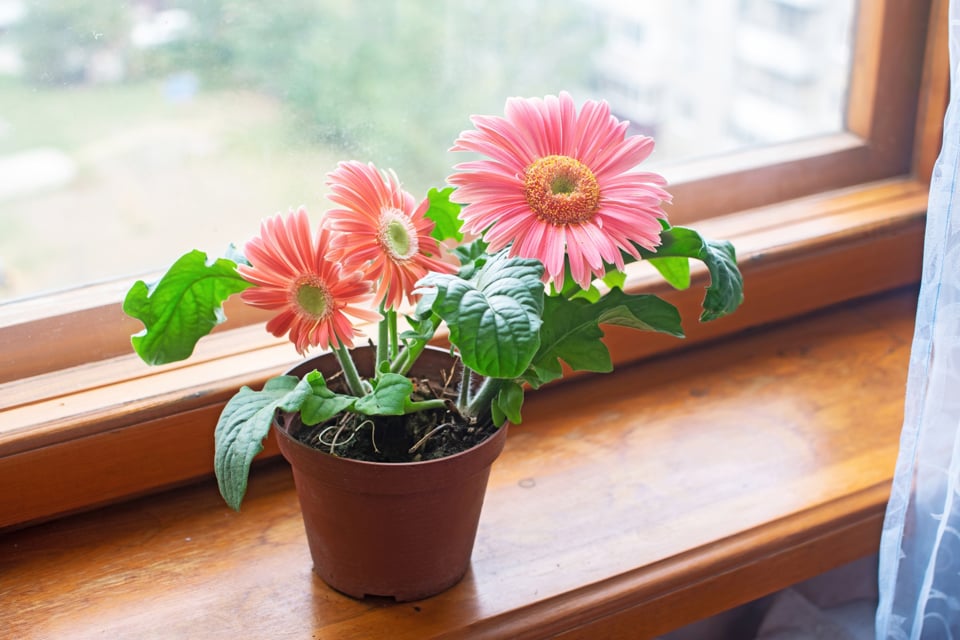
Gerbera daisies can not handle temperatures below 5°C. Use a trowel and dig out the plant. Plant it in a container or pot filled with some potting mix. Slowly acclimate the plant by keeping it outside during the day and inside during the night. Gradually reduce the time it stays outside, and once the day temperature goes below 6°C, keep it inside permanently. Indoors, place it on a sunny windowsill and water it regularly, every 3 – 5 days; make sure the soil is not dry. Trim any fading flowers. Once the frost is gone, you can replant the Gerbera in the garden or just move the pot outside.
9. Common Problems to Look Out For While Planting Gerbera
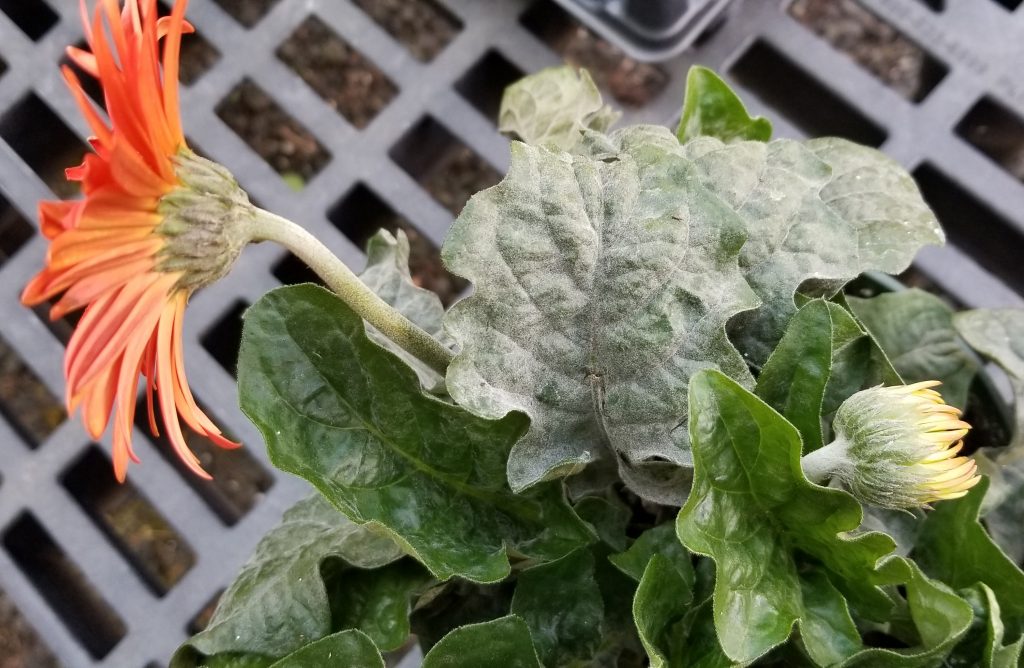
Keep an eye out for pests like red spider mites, whiteflies or aphids. Poor drainage or damp soil can cause problems like powdery mildew, grey mould, root rot, and crown rot. Your Gerbera needs good drainage soil, and the foliage and crown need to be dry when watering.
Gardening Tools Needed for Gerbera Care
You need your own set of gardening tools once you have decided to plant Gerbera daisies. Gerbera seeds are the perfect place to start.
- 150 x Gerbera Jamieson Seeds
- Gerbera Jamesonii Hybrids – 30 Seeds
- 100Pcs Gerbera Flower Seeds
- 50 Gerbera Jamesonii Hybrids Mix Seeds
You can begin with young Gerbera plants instead of seeds if you wish.
- Perennial Pack Collection Garden Plant
- Gerbera Garvinea Cheeky Yellow Half-Hardy
- ‘T&M Mixed’ F2 Hybrid Barberton Transvaal Daisy
- Hardy Gerbera Garvinea ‘Sweet’ Series
Soil and compost will help in growing your Gerbera plants and their blooms.
- Premium Moisture Control Compost, 40 Litre
- Organic Top Soil Fertiliser
- Premium All Purpose Compost, 50L
- Organic Mulch 40l Peat-Free
A garden tool set is just what you need for all your gardening needs.
- Garden Tools Set
- Gardening Tools Set – Set 11Pcs
- Gardening Hand Tool Gift Kit
- Garden Tools Set 11 PCS
Summing It Up
A Gerbera daisy symbolises and radiates happiness. You will be amazed by the broad spectrum of colours. Native to Africa, these plants have spread to Latin America and Southeast Asia. Luckily, you can now find and grow them in the UK in your garden.
All they need is a sunny spot in the garden, windowsill, or patio, a good potting mixture, compost, free-draining soil, and a diligent eye. Then you will be enjoying the vibrant flowers all summer long along with cut flowers. Get started with Gerbera seeds or ready-to-grow plants from your local nurseries. Check out the wide varieties from an annual to an evergreen, from tender to hardy, and from a single, double to multiple petals.
As long as you follow all the care instructions, your flowers will thrive and bloom. Write down all your experience with planting and growing Gerbera daisies in the comments below.

